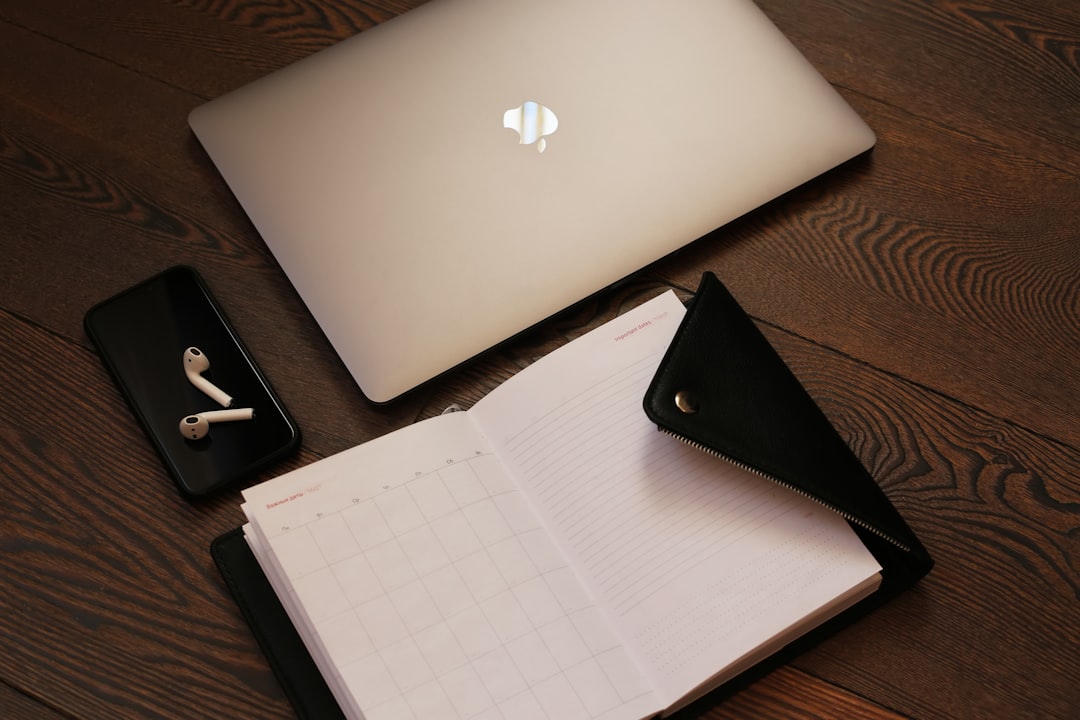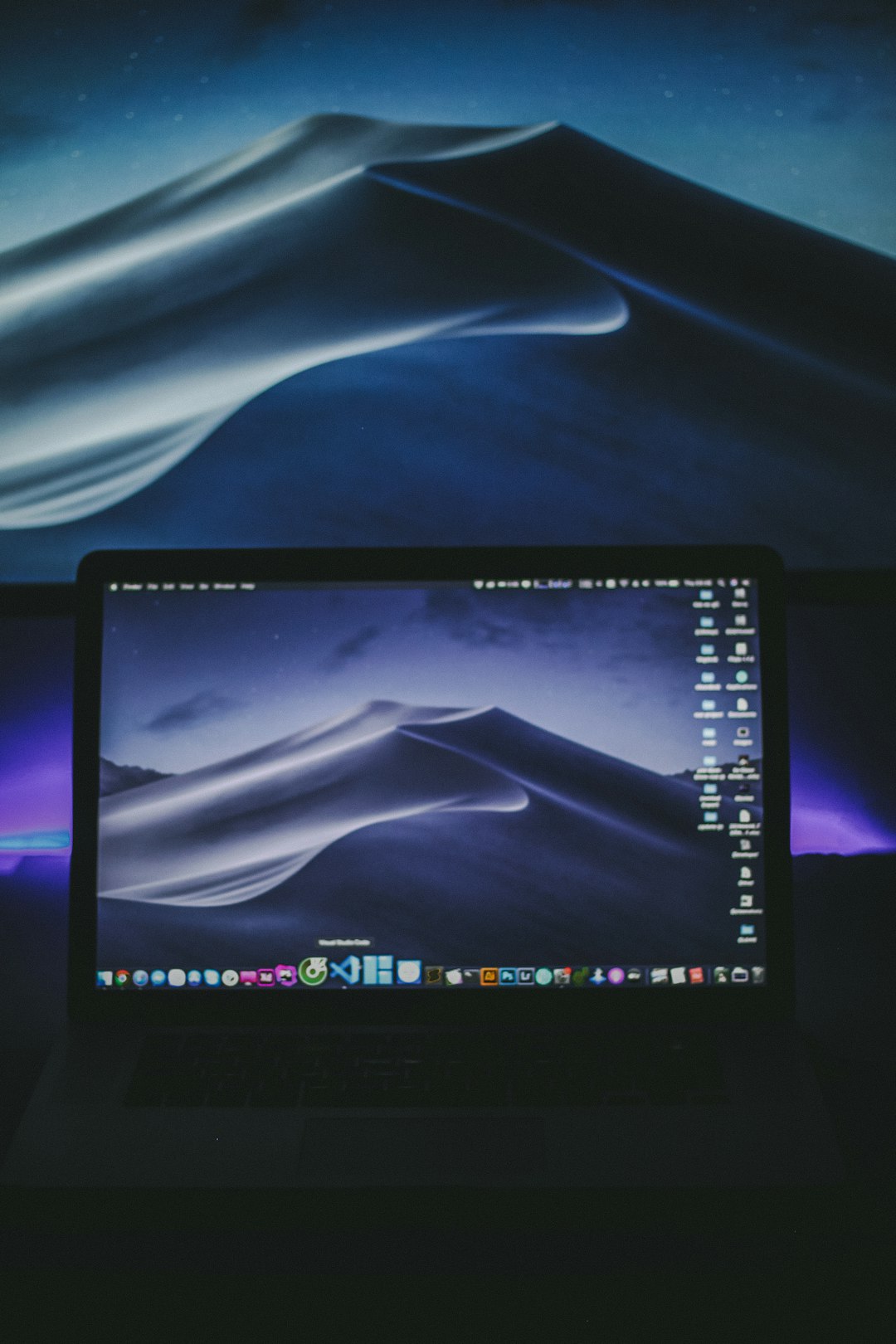Got an old laptop lying around that won’t boot Windows? Don’t toss it just yet! Give it a second life by installing Linux. It’s free, fast, and great for aging machines. You don’t need to be a tech wizard either—we’ll keep it simple and fun.
Why Linux?
Unlike Windows, Linux doesn’t need high-end hardware. There are versions, or distros, made for older and slower systems. It breathes new life into dying laptops.
Here’s why Linux is awesome:
- Free: No license fees, ever.
- Lightweight: Runs smoothly on low RAM and old CPUs.
- Safe: Fewer viruses and built-in security.
- Flexible: You can customize almost everything.
Sounds good? Let’s get that laptop running again!
What You’ll Need
Before we begin, make sure you have the following:
- An old laptop (of course!)
- Another computer with internet access
- A USB flash drive (at least 4 GB)
- Some patience and adventurous spirit
Ready? Let’s dive in.
Step 1: Pick a Lightweight Linux Distro
There are many Linux distros. But for older laptops, we want something light and fast. Here are some great options:
- Lubuntu: A super-light version of Ubuntu.
- Linux Mint XFCE: User-friendly and fast.
- AntiX: Designed for lower-end computers.
- Zorin OS Lite: If you want something that feels like Windows.
Go to the official website of the distro you like and download the ISO file. This is the image we’ll put on the USB drive.

Step 2: Create a Bootable USB
This part is like turning your USB stick into a mini installer.
- Plug your USB drive into a working computer.
- Download a tool called balenaEtcher or Rufus (for Windows).
- Open the tool and select the ISO file you downloaded.
- Select your USB drive.
- Click “Flash” and wait a few minutes.
Once it’s done, your USB is ready to install Linux!
Step 3: Boot From the USB
Now comes the exciting part. We’re going to boot that old laptop from the USB stick.
- Insert the bootable USB into the old laptop.
- Turn on the laptop and immediately press a key to open the boot menu.
The key varies depending on your laptop brand. Try one of these:
- F12
- ESC
- F2 (then look for “Boot options”)
- DEL
You might have to try a few times to catch the right moment. Timing is everything. Be patient!
Once in the boot menu, choose the USB drive and hit Enter.
Step 4: Try Linux (Optional but Fun!)
The beauty of Linux is you can test it without installing. It runs straight from the USB!
This is called a Live Session. Use it to check if Wi-Fi, sound, and touchpad all work. Play around a bit. If you like it, move to the next step.

Step 5: Install Linux on the Laptop
If everything looks good, let’s install it for real.
- On the desktop, click the icon that says something like “Install Linux.”
- Choose your language and keyboard layout.
- When asked about installation type, select Erase disk and install Linux.
- Follow the prompts to choose your timezone, username, and password.
- Click “Install” and grab a coffee. It may take 10–20 minutes.
Once it finishes, reboot the computer and remove the USB when prompted.
Voilà! Your laptop is now a Linux machine!
Step 6: Update Your System
First thing after logging in? Give your system a little update boost.
Open the terminal (or find “Update Manager” in the menu). Then type:
sudo apt update && sudo apt upgradeEnter your password and let it do its thing. This makes sure your laptop is safe and smooth.
Step 7: Install Some Handy Apps
Your Linux laptop is fresh, but you can spice it up!
Here are some must-have apps:
- Firefox or Chromium: Web browsing
- LibreOffice: For documents and spreadsheets
- GIMP: Like Photoshop, but free
- VLC: Plays any video or music file
You can get these from the App Store built into your Linux desktop.
Tips for Older Laptops
Even with Linux, older laptops might need love. Try these tips:
- Use lightweight apps (like FeatherPad instead of LibreOffice if RAM is low)
- Turn off visual effects to save power
- Keep fewer tabs open in the browser
- Clean out dust if it’s getting hot
A little tweak here and there goes a long way!
Can’t Boot the USB? No Worries!
Some very old laptops won’t boot from USB. If that’s you, don’t panic.
Try these ideas:
- Check BIOS settings and switch from UEFI to Legacy Mode
- Enable USB boot or disable Secure Boot
- Burn the ISO to a DVD and boot from CD drive (if it has one)
This might take a few tries, but the effort is worth it!
Your Laptop Has a New Life
How cool is that? That dusty old laptop is back in action. You just gave it superpowers with Linux. From browsing to writing documents and even watching movies—it can handle it all.
Plus, you learned something awesome along the way.
Final Thoughts
Installing Linux on an old laptop is fun and rewarding. Think of it as digital recycling with a twist of nerdy magic.
It’s also a great way to learn more about computers. And the best part? You just saved a device from the landfill. Go you!
Happy Linux-ing!